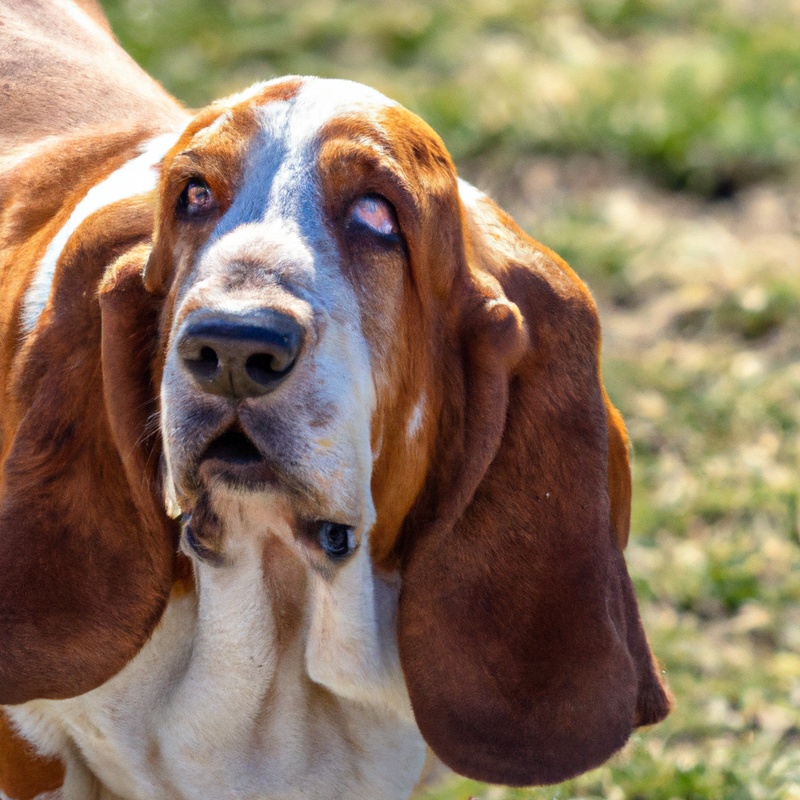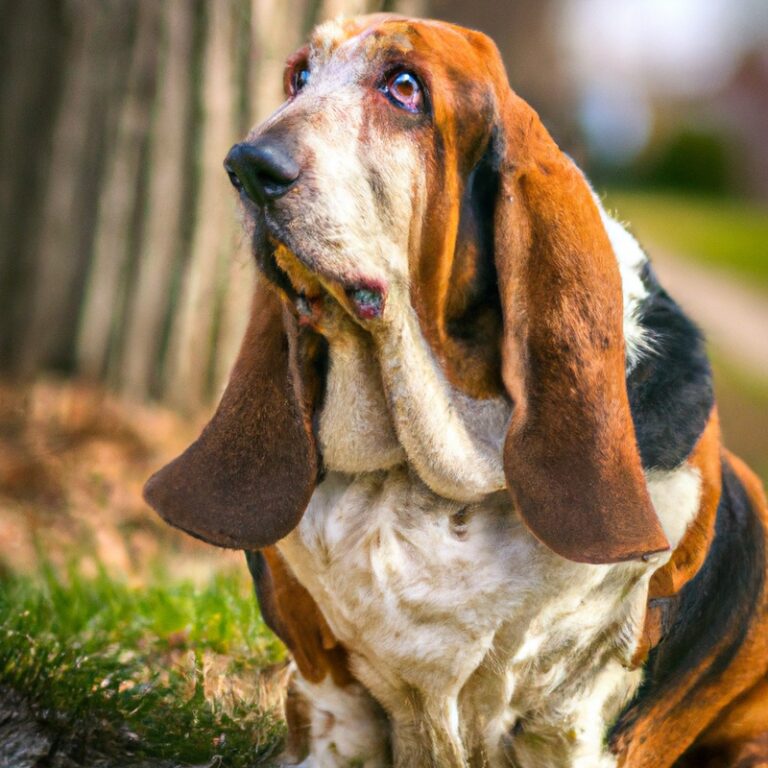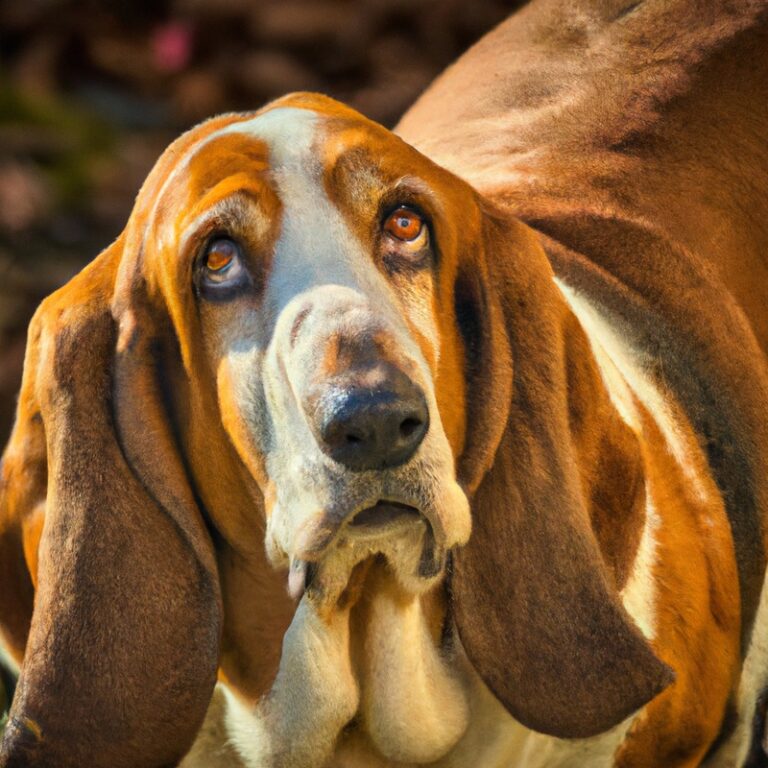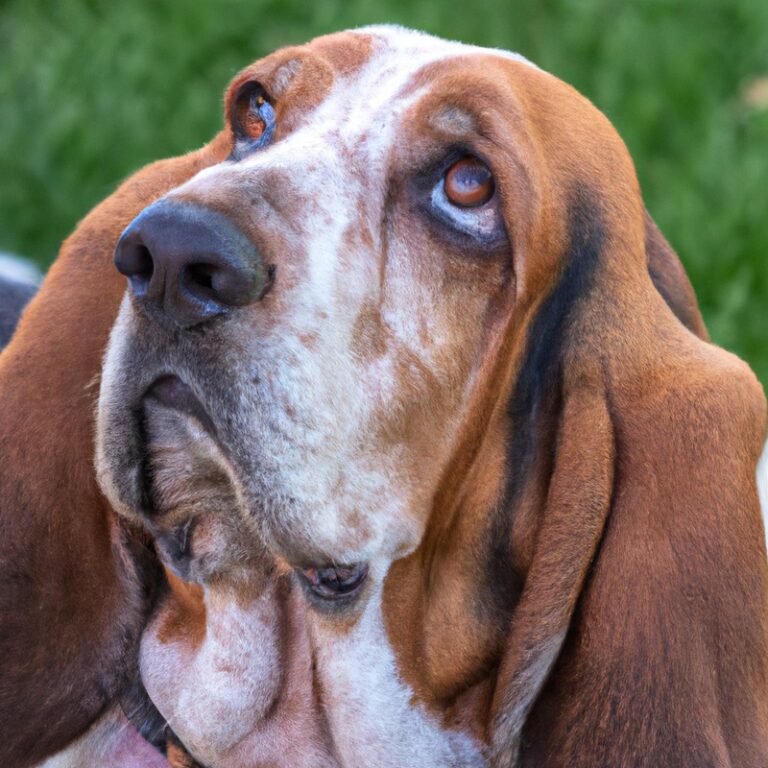Are Basset Hounds Good For People With Small Living Spaces?
Key Takeaways:
- Basset Hounds are not well-suited for small living spaces due to their large size and exercise needs.
- Basset Hounds have a tendency to become couch potatoes if not given regular physical activity and mental stimulation.
- Their potential for barking and howling can create disturbances in close living quarters.
- Although they may adapt to smaller spaces with proper training and care, other smaller dog breeds may be more suitable for people living in limited spaces.
Are you a dog lover with a small living space?
Do you dream of having a furry friend to keep you company, but worry about whether it’s feasible in your limited space?
Well, fear not! In this article, I’ll share my expertise on whether Basset Hounds are suitable for people with small living spaces.
Basset Hounds have a unique charm and are known for their adaptability, making them a great option for compact homes.
But there are important considerations to keep in mind, such as their size, energy levels, and specific needs.
Stay tuned as we explore the benefits, considerations, and practical tips for owning a Basset Hound in a small living space.
Plus, we’ll discuss alternative dog breeds that could be a better fit for you.
| Basset Hounds | Small Living Spaces |
|---|---|
| Size | Medium to large |
| Exercise Needs | Low to moderate |
| Energy Level | Low |
| Trainability | Can be stubborn |
| Behavior | Calm and laid-back |
| Attachment | Strong bond with owners |
| Tendency to Bark | Can be vocal |
| Adaptability | Good for small living spaces |
Benefits of Basset Hounds for Small Living Spaces
Adaptability of Basset Hounds
Basset Hounds are highly adaptable dogs that can thrive in small living spaces. They are known for their easygoing nature and ability to adjust to different environments.
Bassets are not overly energetic and are content with moderate exercise.
Their size may require some consideration, but they can make themselves comfortable in smaller areas. Bassets also have a friendly and gentle temperament, making them well-suited for living in close quarters with their owners.
Their adaptability and laid-back nature make them a great choice for people with small living spaces.
Size and Space Requirements of Basset Hounds
Basset Hounds are a medium-sized breed with relatively low exercise needs.
They typically weigh between 55 to 75 pounds and stand about 14 inches tall at the shoulder.
While they may have a long body, they can adapt well to small living spaces, such as apartments or condos.
However, it’s important to provide them with enough space to stretch their legs and move around comfortably.
Basset Hounds are generally indoor dogs but still require regular exercise to maintain a healthy weight and prevent boredom.
A daily walk and some playtime indoors should suffice for their exercise needs.

Energy Level and Exercise Needs of Basset Hounds
Basset Hounds have a moderate energy level and exercise needs.
They are not highly energetic dogs that require intense exercise.
However, they still need regular exercise to stay happy and healthy.
Daily walks and play sessions are usually sufficient to meet their exercise requirements.
It’s important to keep them physically active to prevent weight gain, as Basset Hounds are prone to obesity.
Regular exercise also helps prevent boredom, which can lead to destructive behaviors.
So, make sure to provide your Basset Hound with the exercise they need to keep them content and well-balanced.
Considerations for Small Living Spaces
Noise Levels and Barking Tendencies
Basset Hounds are known for their deep, melodious baying, which can be quite loud. They have a tendency to bark when they are bored, lonely, or want attention.
This breed has a strong sense of smell and may bark at unfamiliar scents or sounds.
However, with proper training and socialization, you can minimize excessive barking. Providing mental stimulation and regular exercise can also help keep your Basset Hound content and less likely to bark excessively.
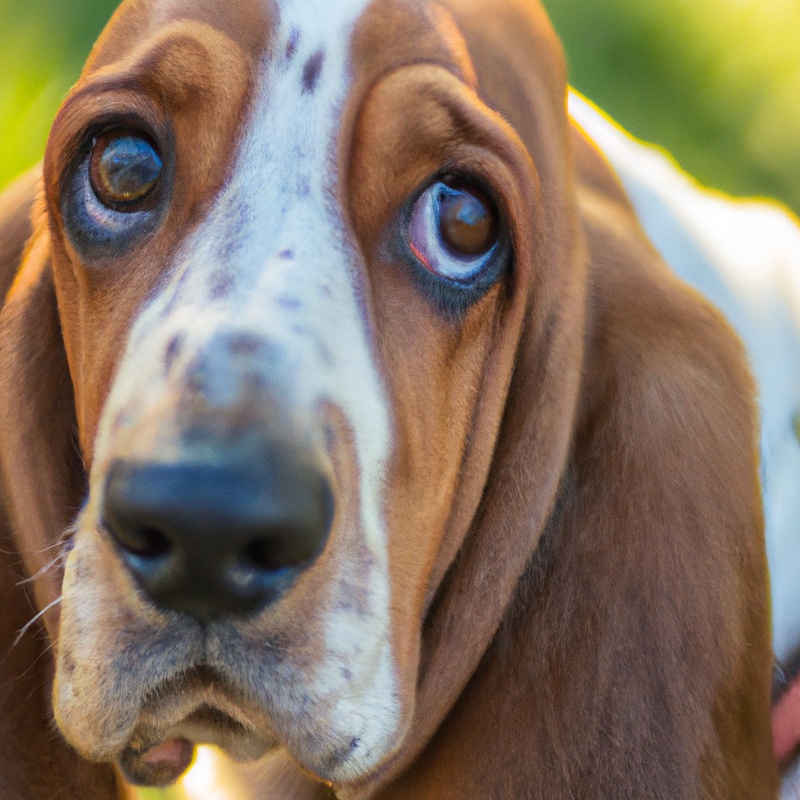
Shedding and Grooming Requirements
Shedding and grooming requirements for Basset Hounds can be a consideration in small living spaces. Bassets are moderate shedders, which means they do require regular brushing to remove loose hairs.
Investing in a good brush and establishing a grooming routine is essential.
Additionally, regular baths and nail trims are necessary to keep your Basset’s coat and nails in good condition. Proper grooming can help minimize shedding and ensure your Basset Hound looks and feels their best.
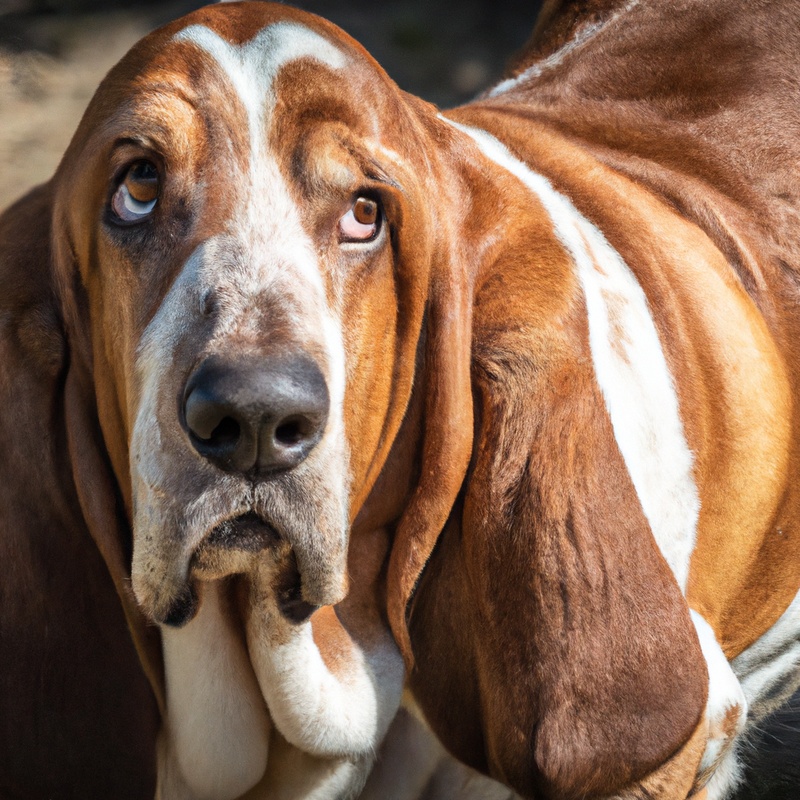
Training and Behavioral Challenges
Training and behavioral challenges can be a consideration when owning a Basset Hound in a small living space.
Bassets are known for their stubbornness and independent nature, which can make training more difficult.
Additionally, they have a tendency to follow their nose and may not always come when called.
Patience, consistency, and positive reinforcement training methods are key to overcoming these challenges.
Regular exercise and mental stimulation are also crucial to prevent behavioral issues like boredom and destructive behavior.
Separation Anxiety and Mental Stimulation
Separation anxiety can be a challenge for dogs in small living spaces, including Basset Hounds. They thrive on companionship and may become distressed when left alone for long periods.
To combat this, provide mental stimulation to keep them occupied.
Puzzle toys, interactive feeders, and training sessions can help engage their minds. Consider using calming aids, such as pheromone diffusers or music, to create a soothing environment when you’re away.
A consistent routine and gradual desensitization to departures can also help alleviate separation anxiety.
Tips for Owning a Basset Hound in a Small Living Space
Designating Space for the Basset Hound
When it comes to designating space for your Basset Hound, there are a few key factors to consider. Firstly, provide a dedicated area for your dog’s bedding, food, and water bowls.
This will help establish their own space within your small living area.
Secondly, ensure your Basset Hound has access to regular outdoor breaks. This can be achieved through a small fenced-in yard or scheduled walks.
Lastly, designate specific areas for playtime and exercise, such as a corner with toys and interactive games.
By creating designated spaces, your Basset Hound can feel secure and comfortable in your small living space.
Creating a Routine and Exercise Schedule
Creating a routine and exercise schedule for your Basset Hound is essential, especially in a small living space.
Begin by setting consistent daily feeding times to establish a routine.
This will help regulate their bathroom habits and overall behavior.
When it comes to exercise, aim for at least two walks per day, each lasting around 30 minutes.
Additionally, schedule interactive playtime to keep them mentally stimulated.
Incorporate training sessions into these activities for mental exercise as well.
By providing a structured routine and ample exercise, your Basset Hound will thrive in your small living space.
Incorporating Mental Stimulation and Enrichment
Basset Hounds are intelligent dogs that require mental stimulation and enrichment to thrive in a small living space. One way to incorporate this is through interactive toys and puzzles that challenge their problem-solving skills.
I also recommend providing them with plenty of chew toys to keep them occupied and prevent destructive behavior.
Additionally, regular training sessions and obedience exercises can help keep their minds sharp. Another great way to provide mental stimulation is through scent work or hide-and-seek games.
By engaging their senses and challenging their minds, you can ensure a happy and well-rounded Basset Hound in your small living space.
Utilizing Training Techniques and Commands
To ensure a harmonious living arrangement with your Basset Hound in a small space, utilizing training techniques and commands is key. Bassets are intelligent and eager to please, making training a fun and rewarding experience for both of you.
Start with basic commands like sit, stay, and come, using positive reinforcement such as treats and praise.
Consistency is crucial, so make sure to set clear boundaries and reinforce good behavior while gently correcting any unwanted behaviors. Incorporating regular training sessions into your routine will help your Basset Hound understand expectations and become a well-behaved companion.
Alternative Dog Breeds for Small Living Spaces
Toy Breeds Suitable for Small Living Spaces
Some toy breeds that are suitable for small living spaces include the Chihuahua, Pomeranian, and Shih Tzu.
These dogs are small in size and don’t require a lot of space to move around.
They make great companions for apartment dwellers or those with limited living space.
Additionally, toy breeds are typically low-energy and don’t need as much exercise as larger breeds.
However, it’s important to note that even small dogs still need mental stimulation and regular exercise to stay happy and healthy.
Small Terrier Breeds for Compact Living
If you’re looking for a small terrier breed that is well-suited for compact living spaces, consider these options:
- Jack Russell Terrier: Known for their energetic and playful nature, Jack Russell Terriers are small in size and can adapt well to apartment living. They require regular exercise and mental stimulation to keep them happy.
- Cairn Terrier: These adorable terriers are compact in size and have a low shedding coat. They are independent yet affectionate, making them a great choice for small living spaces.
- Norfolk Terrier: With their compact size and friendly demeanor, Norfolk Terriers are excellent companions for those living in apartments or small houses. They are relatively low-maintenance in terms of grooming and exercise needs.
- West Highland White Terrier: Also known as Westies, these terriers are full of personality and adapt well to small living spaces. They thrive on human companionship and require regular exercise to keep them physically and mentally stimulated.
- Yorkshire Terrier: Yorkshire Terriers, or Yorkies, are small and portable, making them ideal for apartment dwellers. They are known for their affectionate nature and adaptability to various living environments.
Remember, while these small terrier breeds can thrive in compact living spaces, it’s important to provide them with regular exercise, mental stimulation, and a designated space of their own.
Low-Energy Dog Breeds for Limited Space
If you have limited space but still want a furry companion, there are dog breeds that have lower energy levels and are better suited to small living spaces.
Here are a few options:
- Cavalier King Charles Spaniel: These dogs are affectionate and adaptable, making them great for apartments or smaller homes. They enjoy leisurely walks and cuddling up on the couch.
- French Bulldog: Known for their friendly nature and low exercise needs, French Bulldogs are ideal for apartment living. They are small in size but big on personality.
- Shih Tzu: These small dogs are content with short walks and indoor playtime. They are low-energy and make great companions for small living spaces.
- Pomeranian: Despite their fluffy appearance, Pomeranians don’t require much physical activity. They are happy to play indoors and go for brief walks.
Remember, every dog is unique, so it’s important to consider their individual personality and needs.
Final Verdict
I believe that Basset Hounds can be a great choice for people with small living spaces. Their adaptability, size, and energy level make them well-suited for compact homes.
While there are some considerations to keep in mind, such as noise levels and grooming requirements, these challenges can be managed with proper training and care.
By designating space, creating a routine, and providing mental stimulation, Basset Hounds can thrive in small living spaces. However, it’s important to note that there are alternative dog breeds available as well, depending on your specific needs and preferences.
Ultimately, it’s crucial to assess your lifestyle and make an informed decision that suits both you and your furry friend.

